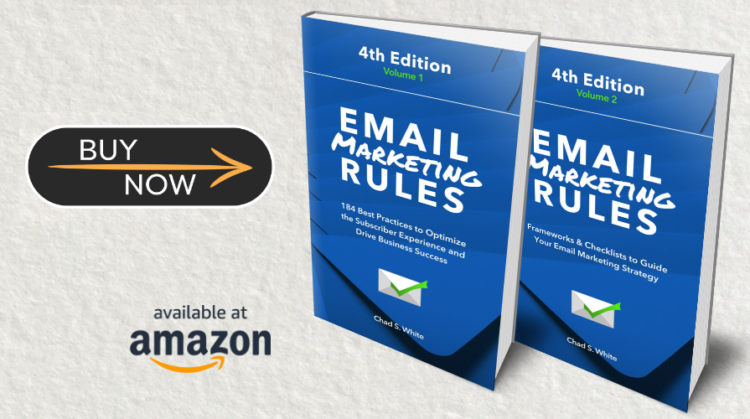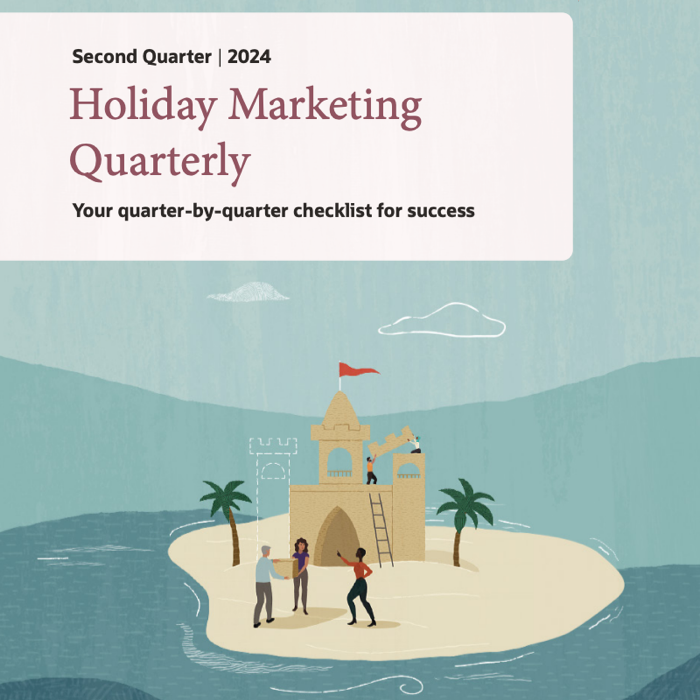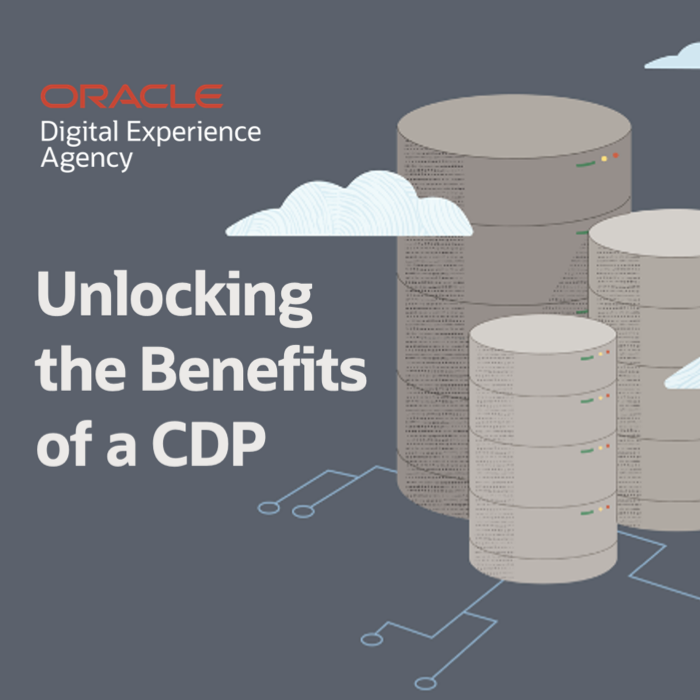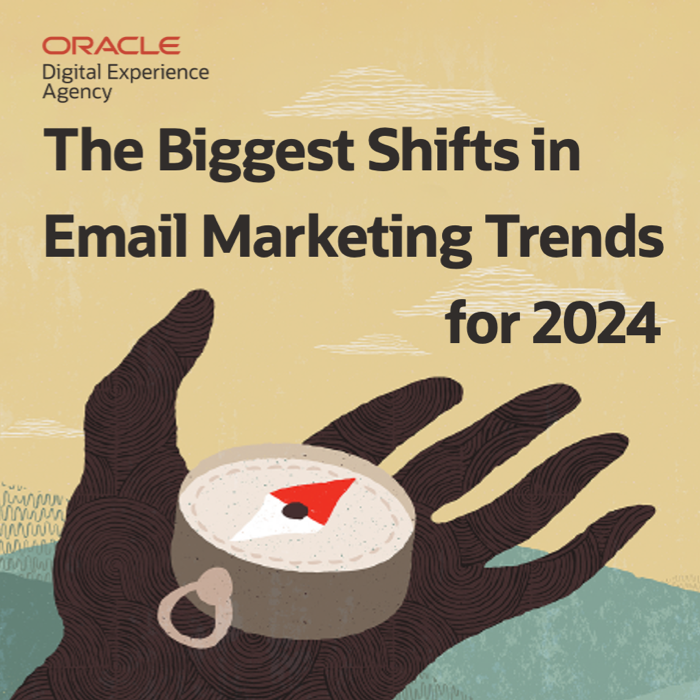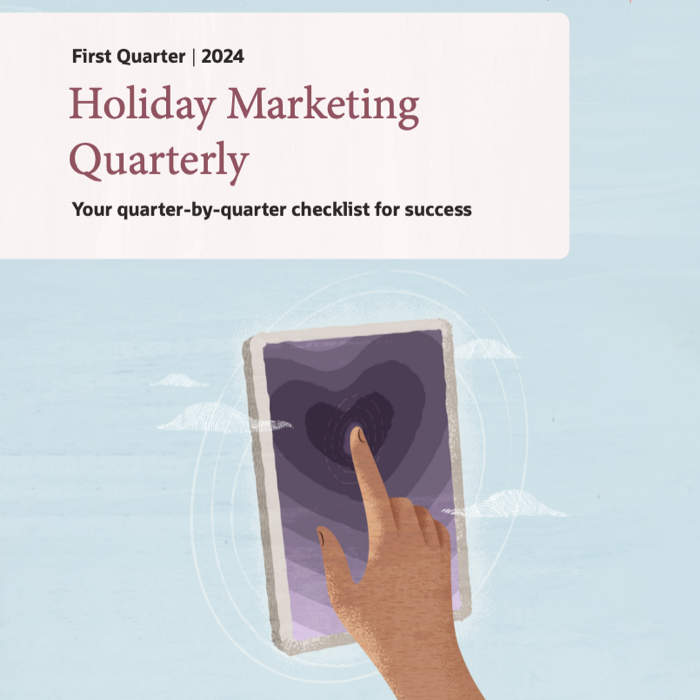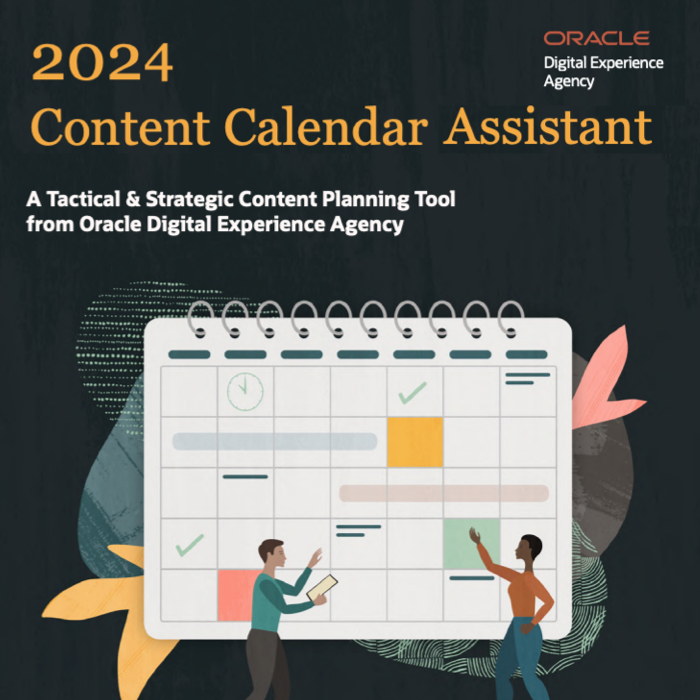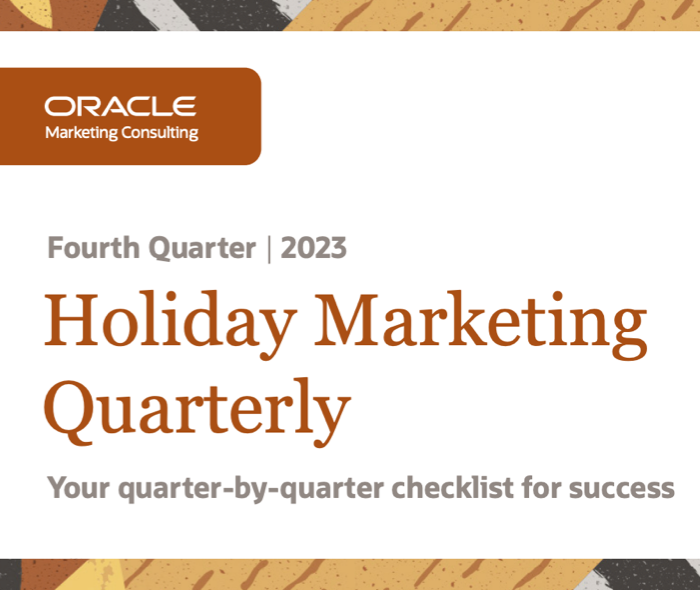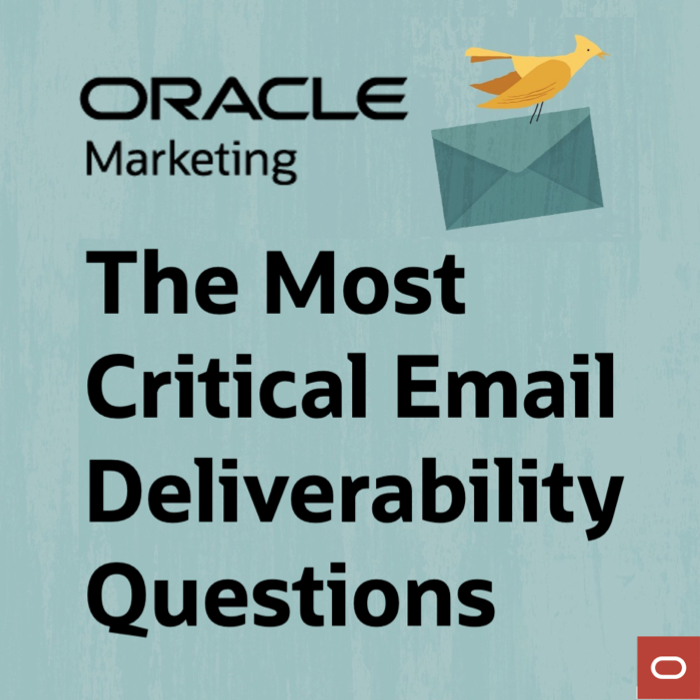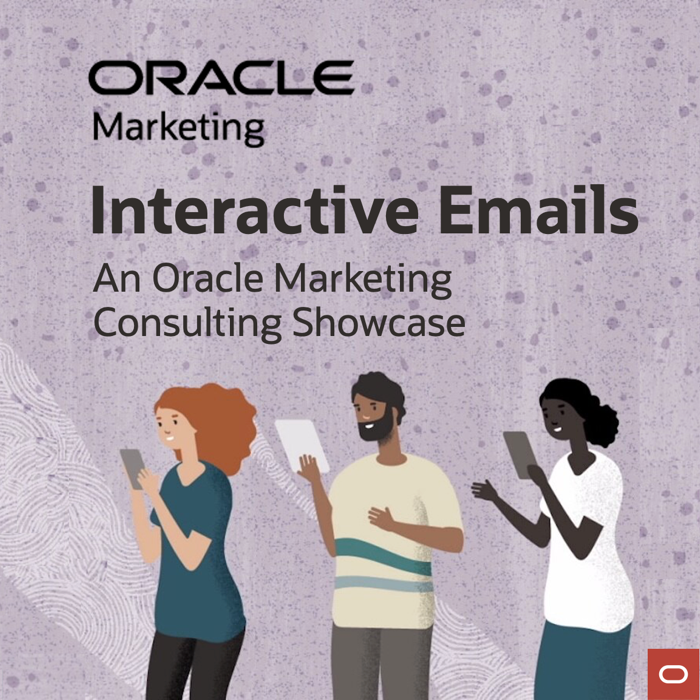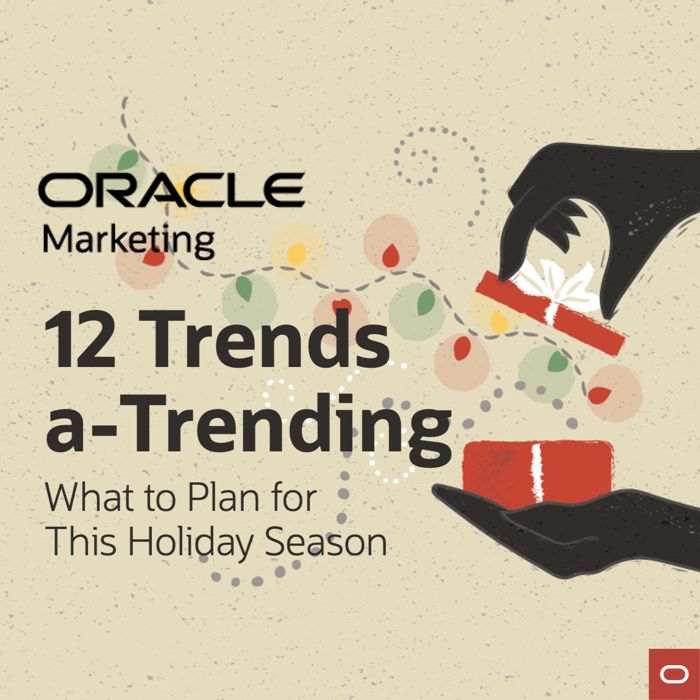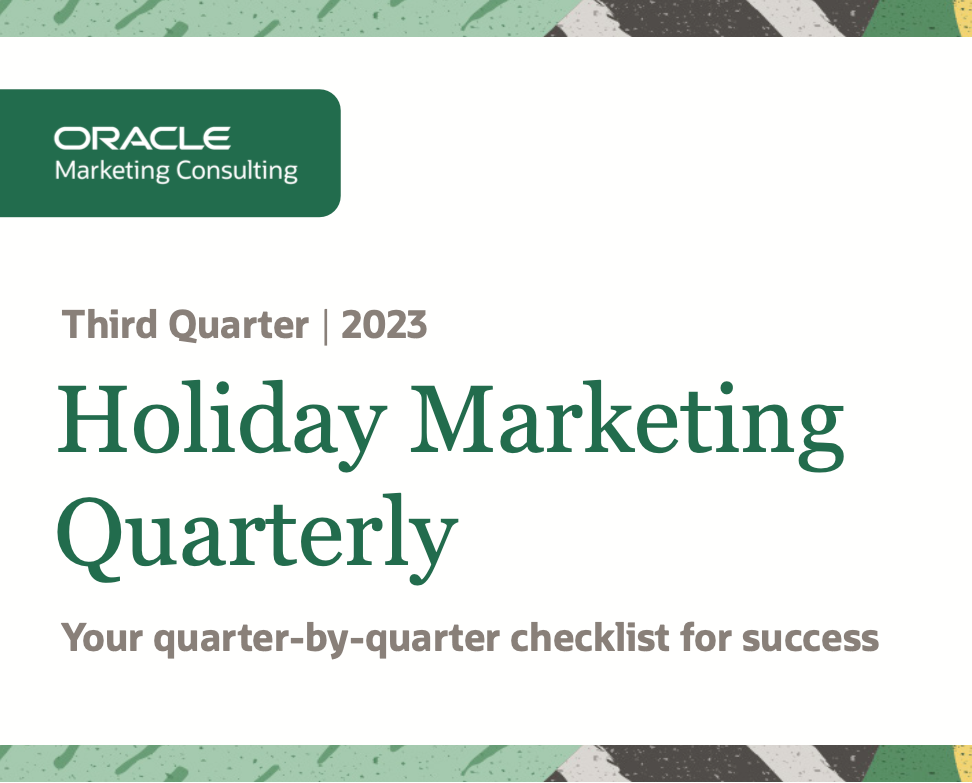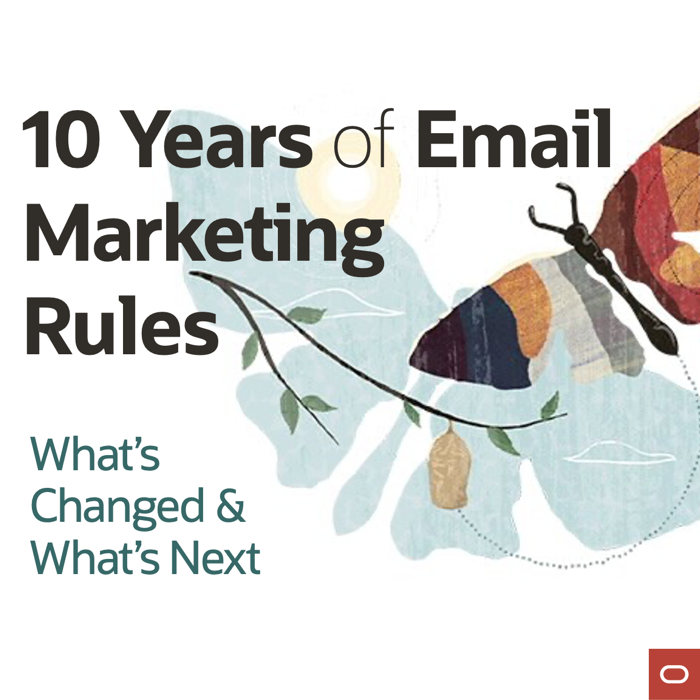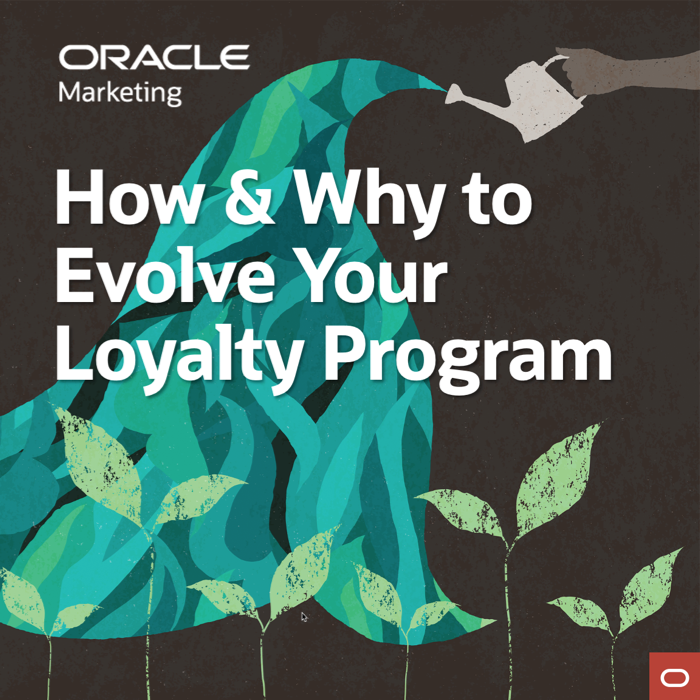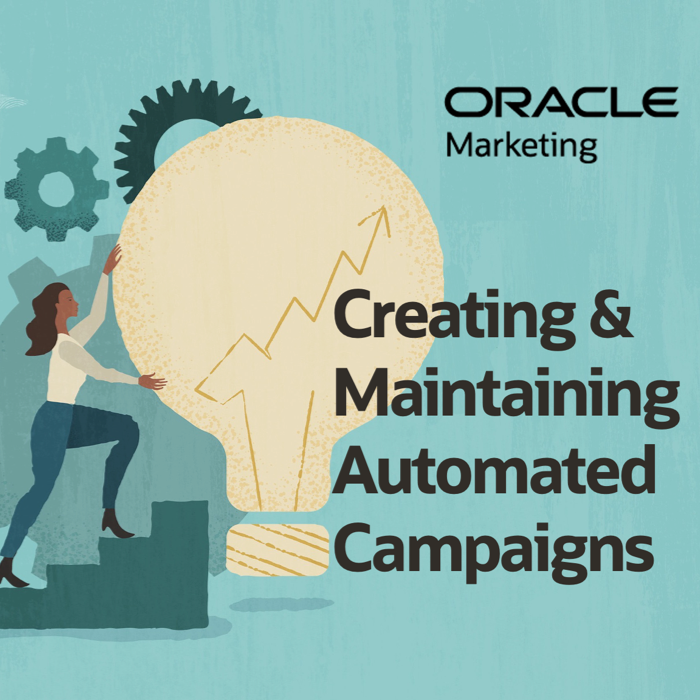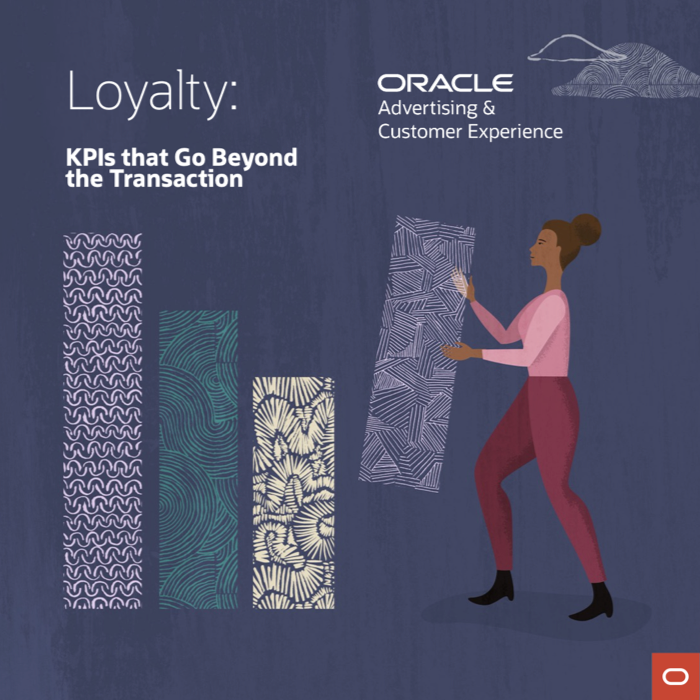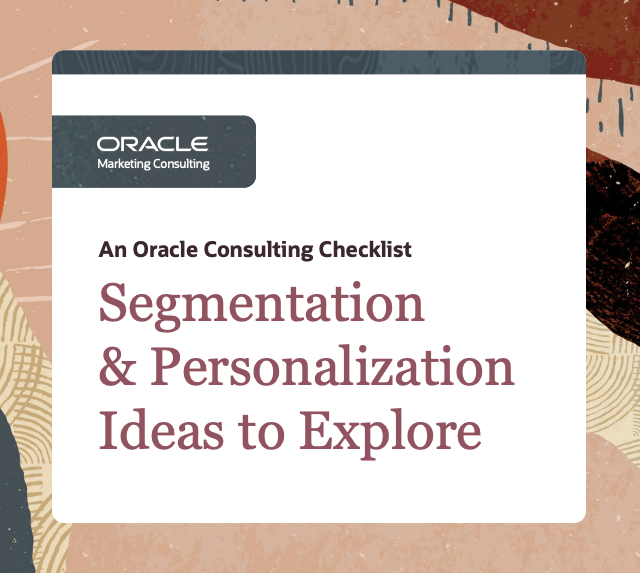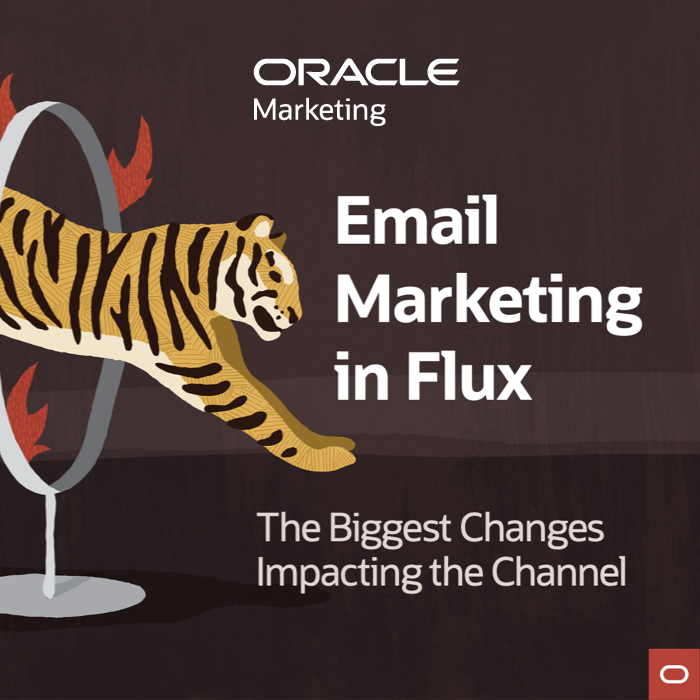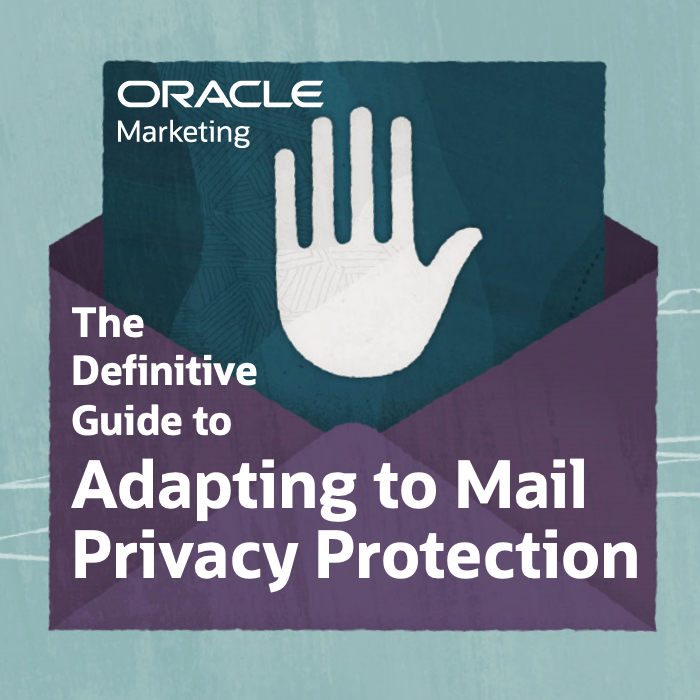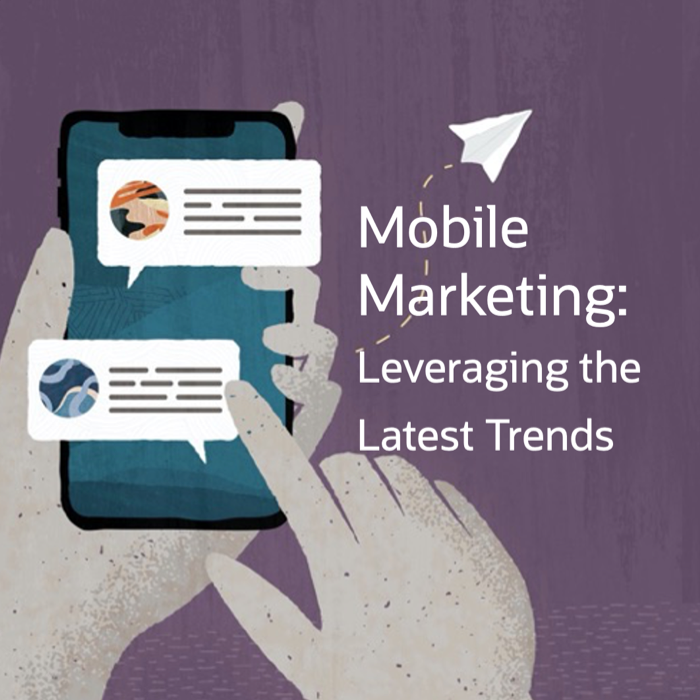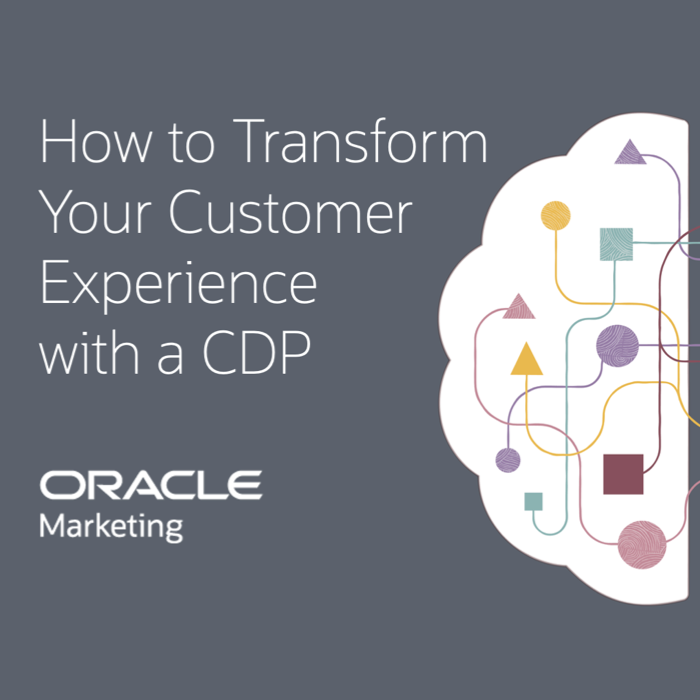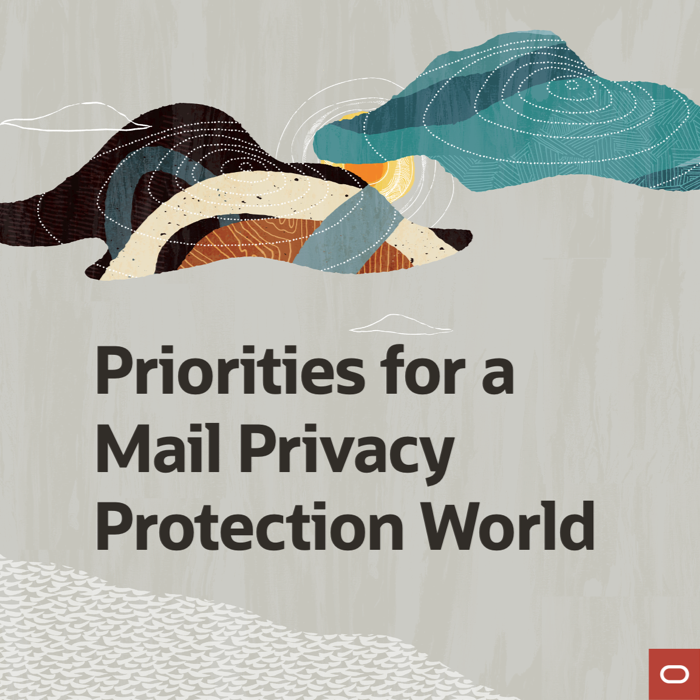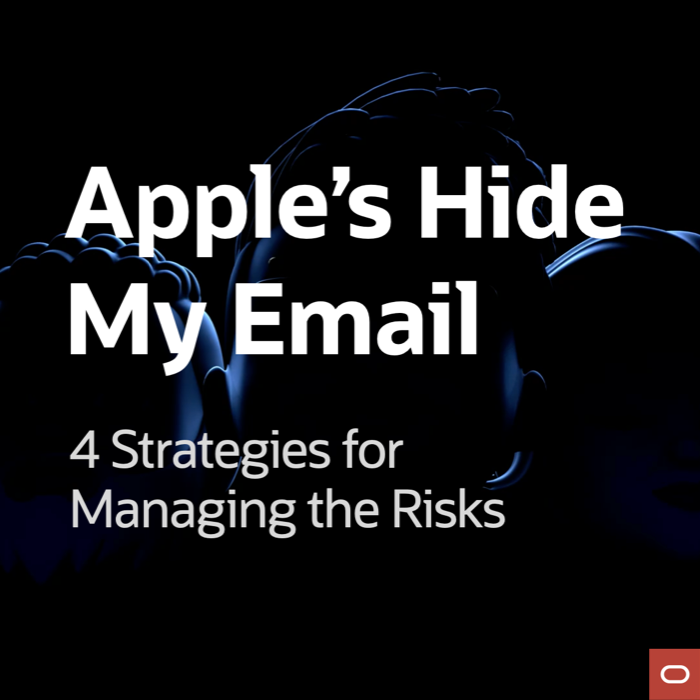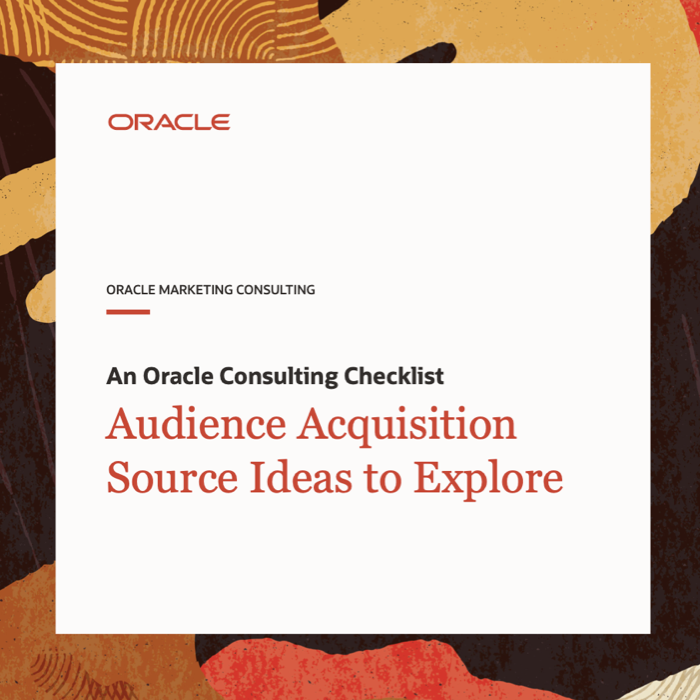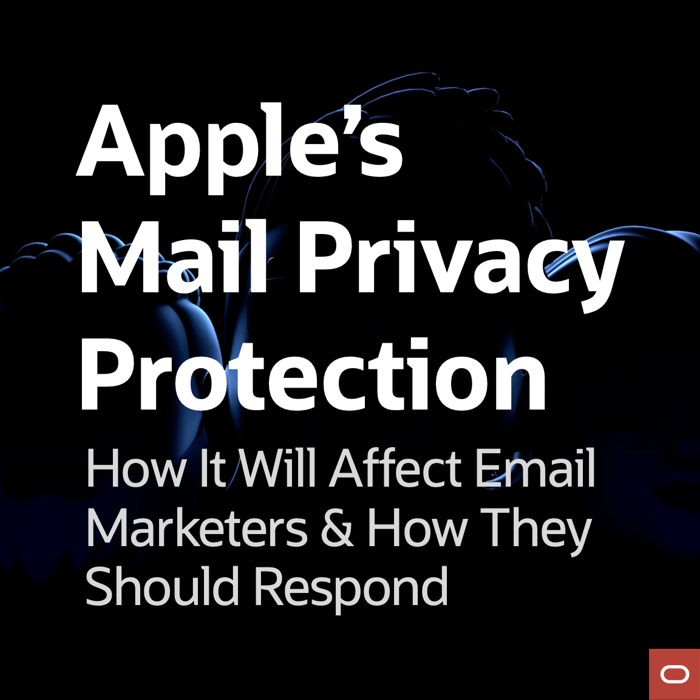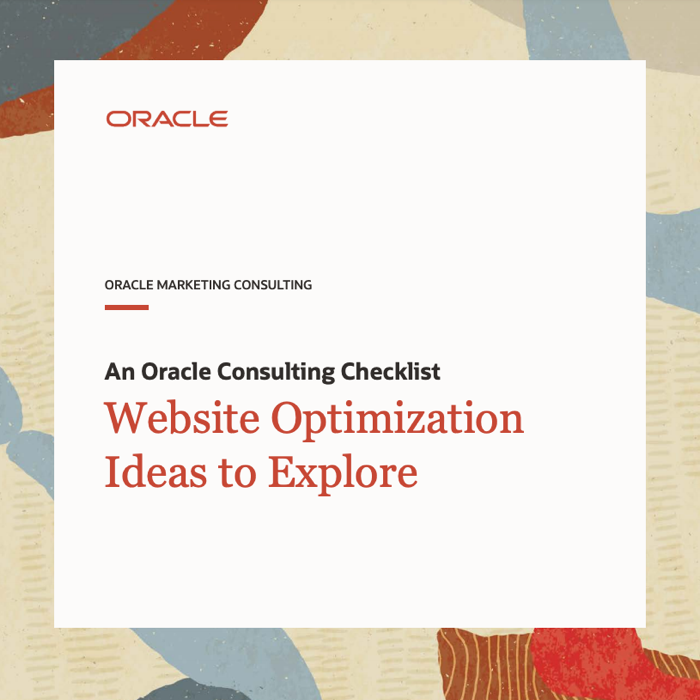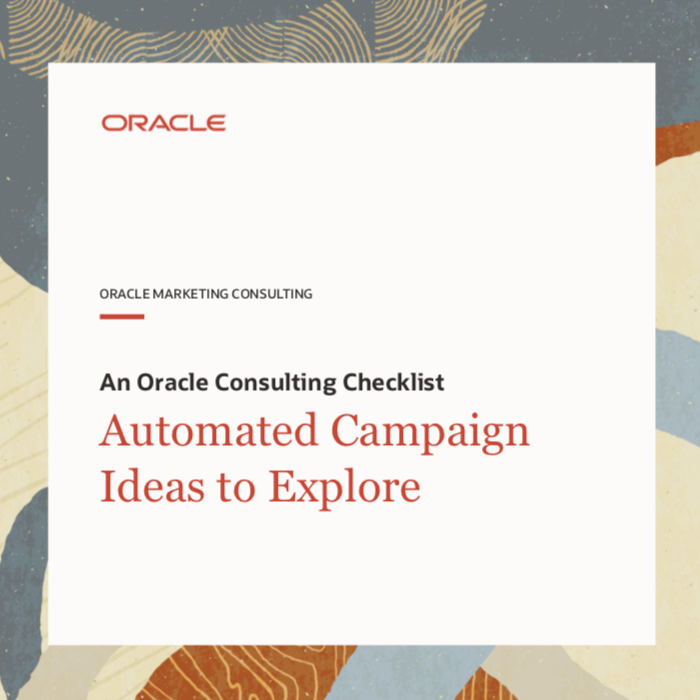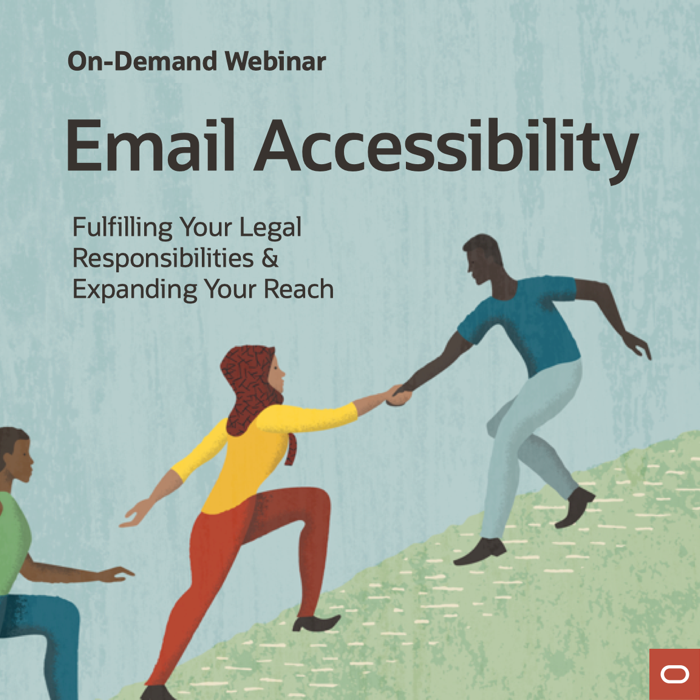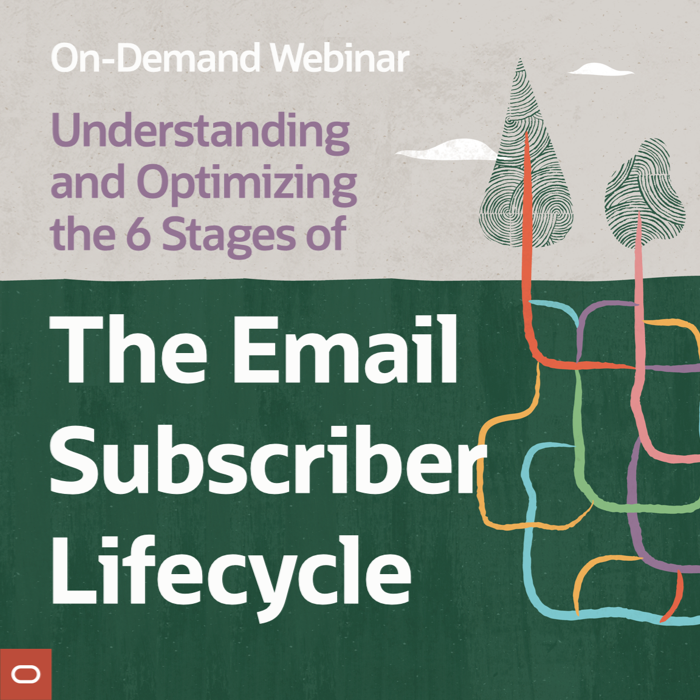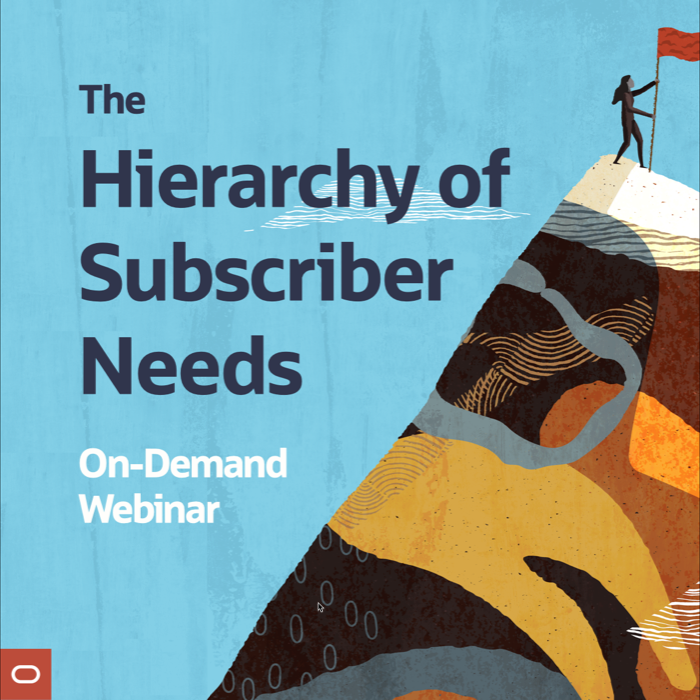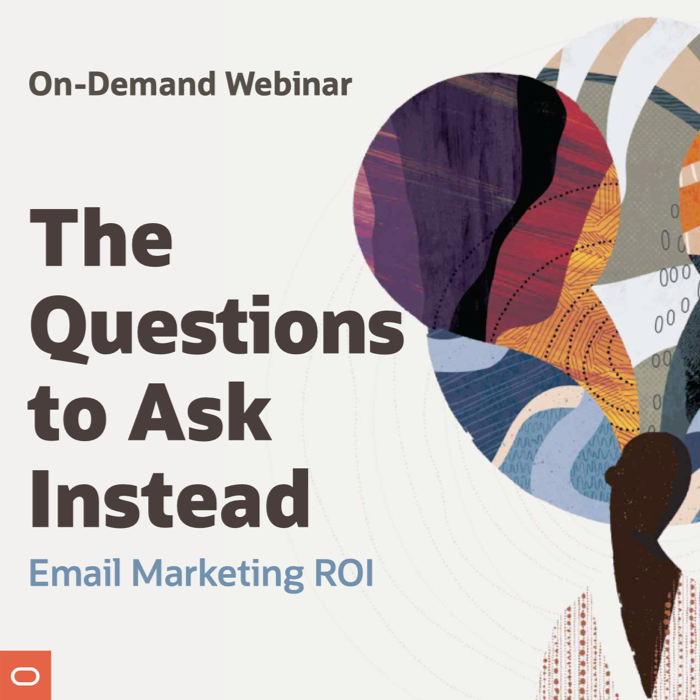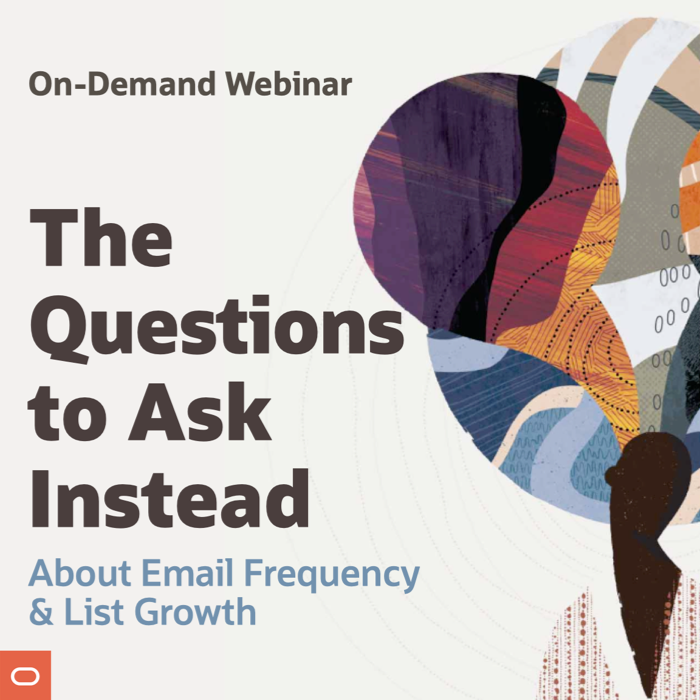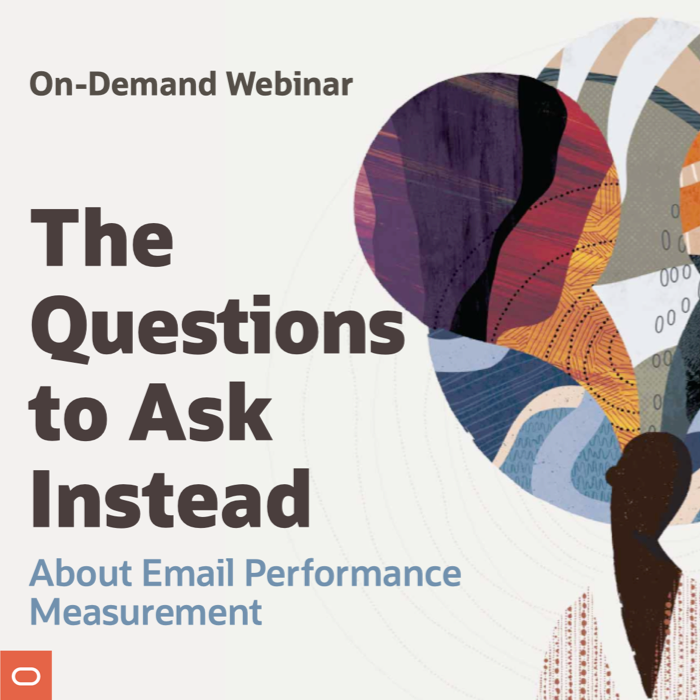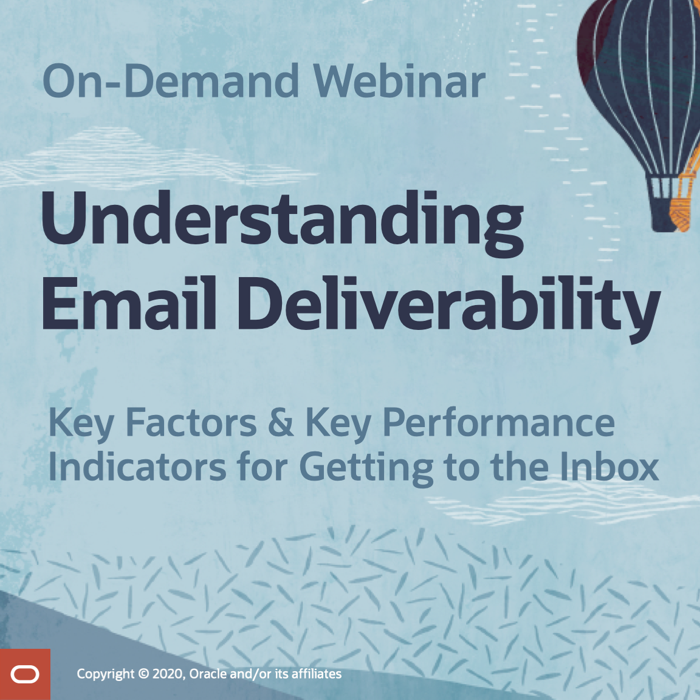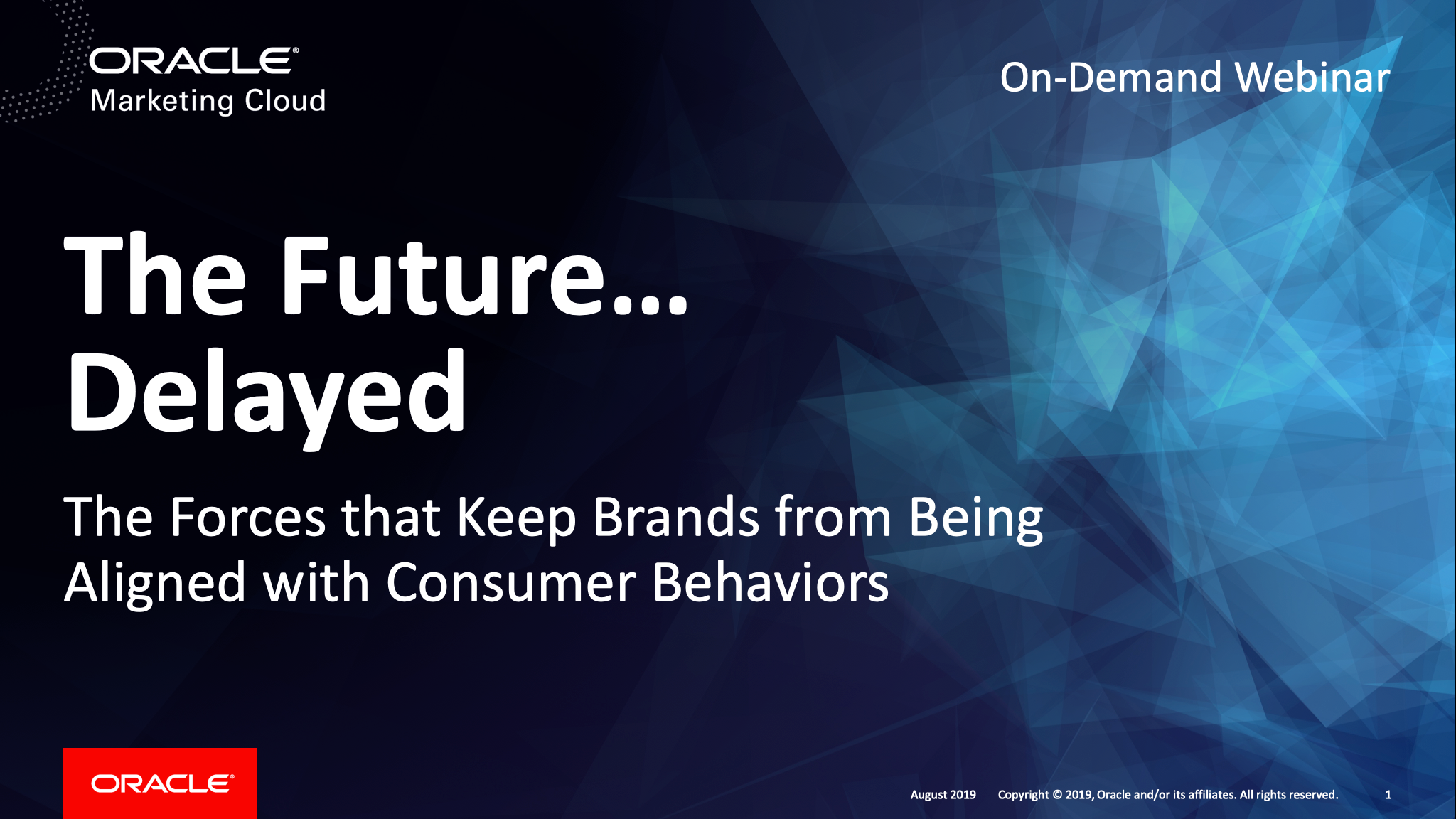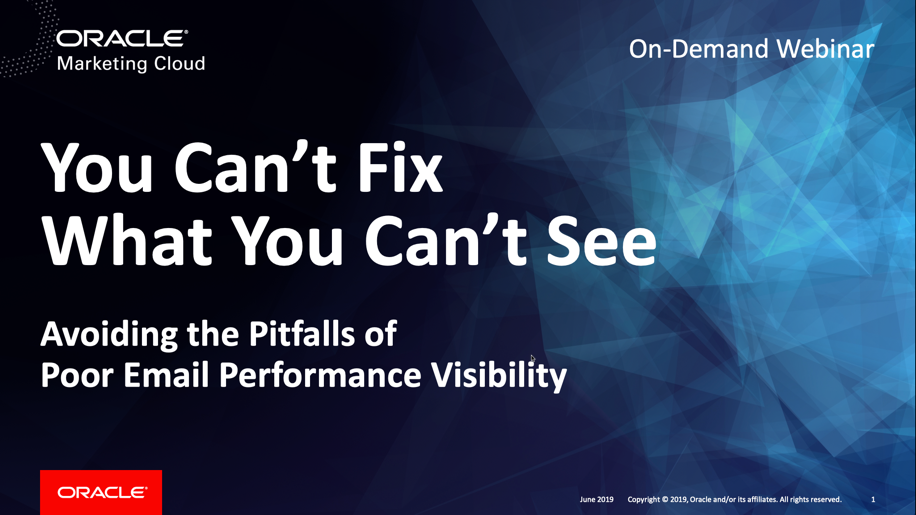Holistic Email Marketing: Personalization Report
Posted on July 27, 2018
 Email personalization has come along way from the days of simple first name merges, but is great because subscribers now expect brands to know much more than their name. Consumers expect emails tailored to their interests and past actions. Along with segmentation and automation, personation is a key tool to achieve that goal.
Email personalization has come along way from the days of simple first name merges, but is great because subscribers now expect brands to know much more than their name. Consumers expect emails tailored to their interests and past actions. Along with segmentation and automation, personation is a key tool to achieve that goal.
The Email Marketing Personalization report from Holistic Email Marketing and Pure360 has great insights into the use and evolution of personalization in email, based on a survey of more than 200 marketers.
A couple of key findings from the report include:
- Only 6% of marketers said that they can do only “one size fits all” email marketing. Nearly half (49%) have access to tools for basic personalisation, while 36% are using advanced tactics such as dynamic content to keep email material unique and relevant to subscribers. Another 8% are way out in front with AI, machine learning, and other technologies to create true one-to-one experiences.
- Nearly half of marketers have moved beyond simply personalising names and subject lines. They’re using data from email behaviour (56%), purchase history (41%), lifecycle stage (29%) and even contextual data (12%) to add relevant content, meaningful to individual recipients.
The report also includes insights from me, Komal Helyer of Pure360, Jordie van Rijn of Emailmonday, Karen Talavera of Synchronicity, and Dela Quist of Touchstone Tests. For the 72% of marketers who told Litmus that personalization was a priority for 2018, I recommend that you check out this report.
>> Download the free report from Holistic Email Marketing
Report: 2018 State of Email Service Providers
Posted on July 25, 2018
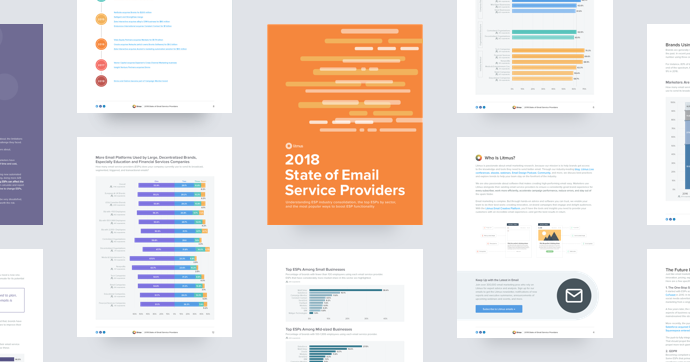
A marketer’s email service provider is the cornerstone of their email program. It’s their most critical tool and a major budget item.
But frustrations run high. Marketers told Litmus that limitations with their ESP was third on their list of biggest challenges for 2018. And 16% of brands said that changing ESPs was on their list of email marketing priorities for 2018.
Based on our State of Email Survey of 3,000 marketers, our first-ever State of Email Service Providers report takes a detailed look at the ESP marketplace to better understand the pace of consolidation in the industry and its causes; the most popular ESPs across various sectors; and the functionality provided by ESPs.
Some of the key findings from the State of Email Service Providers include:
- At the current rate of consolidation, the top 10 email service providers will control more than two-thirds of the overall market by the end of 2019.
- The percentage of brands using a homegrown email platform has fallen 44% over the past two years to just 6%.
- The most popular ESPs can vary considerably when looking across geography, company size, industry vertical, and more.
- Third-party tools that supplement ESP functionality have a huge impact on ESP satisfaction.
This 26-page report analyzes and explores each of these findings and much more, with over 20 charts providing data-based evidence of current ESP trends. Use the results to better understand the marketplace and your options, as well as the ways that you can boost the functionality of your current ESP.
A Snapshot of the Email Service Provider Landscape
Posted on July 23, 2018

While there are clear market share leaders in the email service provider industry, brands still have a long list of ESPs from which to choose. How long? Respondents to Litmus’ 2018 State of Email Survey mentioned more than 240 ESPs when asked which platforms they use to send marketing emails.
Twenty email service providers were used by at least 1% of respondents. In this post, we list those in order of popularity among our respondents, all well as the other 220+ ESPs.
>> Read the full post on the Litmus blog
The Last Word on June 2018
Posted on July 11, 2018
 A roundup of email marketing articles, posts, and tweets you might have missed last month…
A roundup of email marketing articles, posts, and tweets you might have missed last month…
Must-read articles, posts & reports
California passes landmark privacy legislation (IAPP)
Yahoo Mail aims at emerging markets and casual users, launches versions for mobile web and Android Go (TechCrunch)
GDPR Aftershocks: What Happened to Deliverability? (ClickDimensions)
4 Common but Serious Email RFP Mistakes (Only Influencers)
A Gentle Nudge: How Email Drives Webinar Attendance (MediaPost)
Insightful & entertaining tweets
“Trust is no longer just an industry issue, it’s a societal issue. We’re focusing on responsible platforms, responsible content, and responsible infrastructure.” –@keithweed at #CannesLIons #OgilvyCannes
— Ogilvy (@Ogilvy) June 20, 2018
Noteworthy subject lines
Pier 1 Imports, 6/7 – For when Dad says, “Don’t get me anything.”
Saks Fifth Avenue, 6/4 – Here’s what we’re getting Dad
Michaels, 6/17 – Last-Minute Gifts for Dad are a Snap with Same-Day Pick Up!
Anthropologie, 6/25 – These outfits? Cue the fireworks.
Gap, 6/13 – Use code GETMORE and do just that (everything’s included)
West Elm, 6/13 – Because you deserve it: Complimentary shipping with code HUMPDAY
RH, 6/17 – The Maxwell Sofa Collection. Choose from 180 Fabrics & 65 Leathers
White House Black Market, 6/17 – TWO Looks in ONE Dress
Petco, 6/2 – Calling all smarty cats…this one’s fur you!
Hayneedle, 6/4 – Dining out? We’re in.
Southwest, 6/12 – Memories on sale now.
Banana Republic, 6/17 – “Chic in 60 seconds.”
Crutchfield, 6/17 – Expert advice meets awesome 4th of July deals
Aeropostale, 6/20 – Swim + Shorts = Beach Ready
Miracle-Gro, 6/7 – The Best “Mulch Hack” for Summer
Victoria’s Secret, 6/24 – How to show off your shoulders this summer
Barneys New York, 6/24 – The 5 Swimsuit Trends to Know
Saks Fifth Avenue, 6/20 – Here come the weddings: perfect picks for every event
Jetsetter, 6/30 – What’s Your Travel Style?
Samuel Adams, 6/7 – Like Whiskey? Give us your thoughts on our collaboration with Boston Harbor Distillery
Gilt, 6/2 – #Instaworthy: New Summer Arrivals
Barneys New York, 6/20 – 8 Reasons to Listen to This Podcast
New posts on EmailMarketingRules.com
Faster Is Rarely Better When It Comes to Email Creation Process Tasks
Webinar Recording and Q&A: Email Workflows that Work
The Under-Staffing of Email Marketing Teams: 4 Faulty Justifications
Holistic Email Metrics Matrix Helps You See the Whole Picture
Posted on July 9, 2018

Email analytics are powerful… and also dangerous. Used correctly, analytics can inform both wise strategic decisions and smart tactical improvements. Used incorrectly, analytics give you complete confidence to make bad decisions.
Unfortunately, there are lots of ways to reach the wrong conclusions with analytics, including:
- Being overly focused on campaign metrics like opens and clicks, and failing to look at performance over time
- Not recognizing the influence of your email marketing efforts on the performance of other channels like direct mail and social media
- Focusing too much on company-centric metrics like email marketing revenue and not enough on metrics that indicate how subscribers and inbox providers feel about your emails
All three of those are symptoms of not seeing the big picture when it comes to email marketing metrics. Our Holistic Email Metrics Matrix provides that perspective.
>> Read the entire post on the Litmus blog
The California Consumer Privacy Act: What Marketers Need to Know
Posted on July 5, 2018
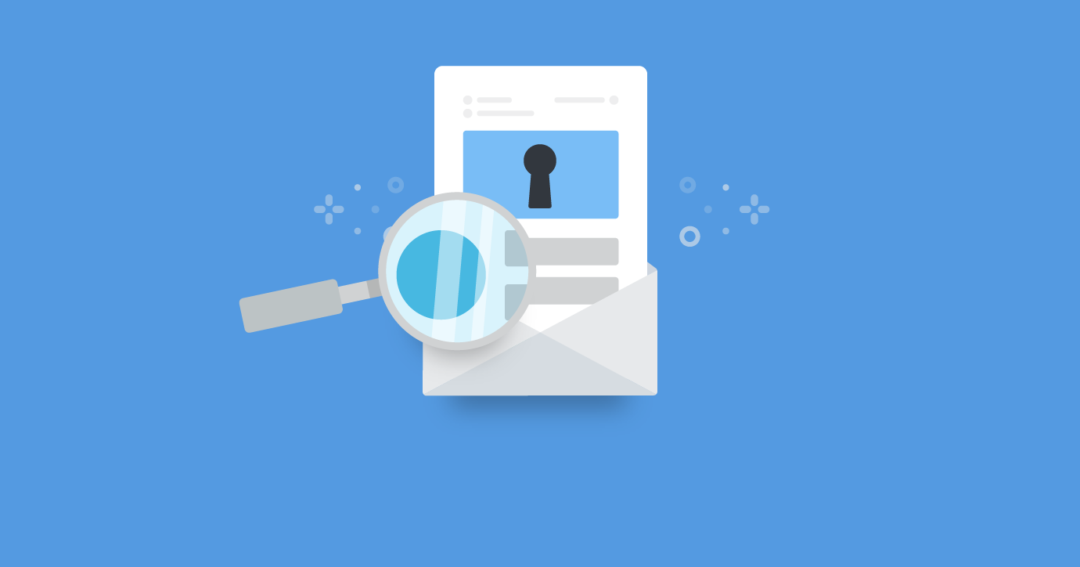
Driven by the continued rise in consumer data breaches and growing privacy concerns, the State of California has passed the California Consumer Privacy Act (CCPA). The law will significantly strengthen privacy in the U.S. when it goes into effect on January 1, 2020.
The law is part of a global trend toward stronger privacy protections and greater data transparency, of which the Canadian Anti-Spam Law (CASL) and the General Data Protection Regulation (GDPR) are a part. However, the CCPA makes little mention of email and doesn’t mention permission at all.
A separate bill still under consideration in California, AB-2546, would address strengthening anti-spam laws and moving California—and in effect the rest of America—away from the opt-out marketing permission standard established by CAN-SPAM and putting it more in sync with international anti-spam laws.
The CCPA focuses exclusively on data collection and privacy, and is roughly in line with the provisions of GDPR on those issues. The law explicitly mentions that it’s in response to the misappropriation of Facebook data of at least 87 million people by Cambridge Analytica.
>> Read the full post on the Litmus blog
Faster Is Rarely Better When It Comes to Email Creation Process Tasks
Posted on June 28, 2018

Creating an email campaign is complicated, taking about two weeks on average from start to finish, according to Litmus’ 2018 State of Email Workflows report. Brands with 500 or more employees take even longer, dedicating 54% more time on average than smaller companies on each of their emails.
Hours—sometimes many hours—are spent on each of the eight stages that are part of the typical email creation process:
- Email conception & planning
- Copywriting
- Graphics & design
- Coding & development
- Data logic and setting up in email service provider
- Testing & troubleshooting
- Reviews & approvals
- Post-send analytics & analysis
Marketers who describe their email programs as successful spend more time on every facet of email production compared to those at less successful programs. The only exception is reviews and approvals, which both groups spend the same amount of time on.
Let’s explore that one exception—email reviews and approvals—because it strikes us that this stage is different from others. How so? Well, it seems exceptionally inefficient.
>> Read the entire post on the Litmus blog
Webinar Recording and Q&A: Email Workflows that Work
Posted on June 27, 2018
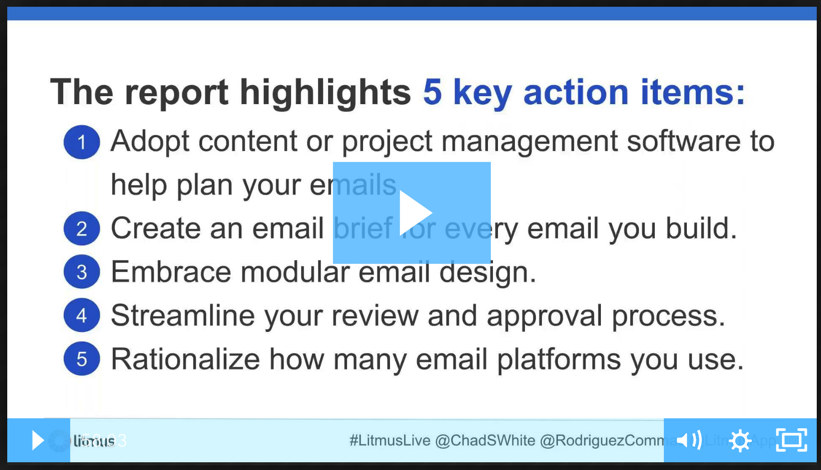
Your workflow is an expression of the investment you make in every email—and is itself a predictor of email program success. Most brands spend weeks planning and executing each email they produce. But what’s the secret to building a workflow that enables your team to get higher-quality emails out the door, faster?
In this webinar, Litmus Community & Product Evangelist Jason Rodriguez and I dive into the key findings of Litmus’ third annual State of Email Workflows report and break down the top 5 opportunities to improve your email workflow.
Along the way, we share details into how Litmus has acted on each of these opportunities, making changes to its own email workflow.
>> Watch the recording, download the slides, and read the Q&A on the Litmus blog
Webinar: ‘Email Workflows that Work’ on June 21
Posted on June 15, 2018
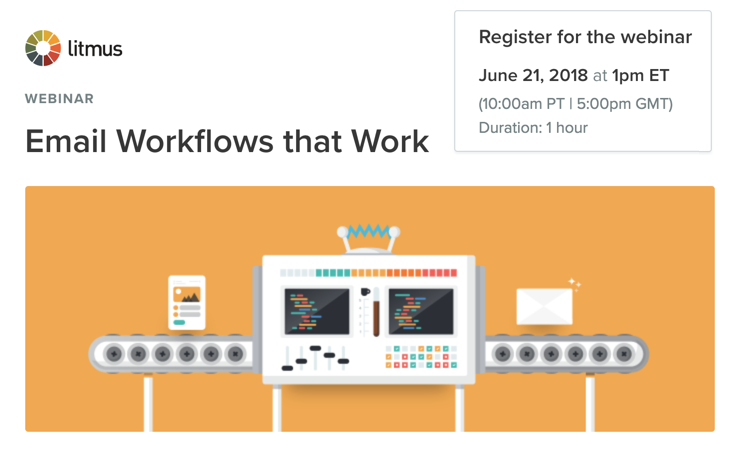
Creating a high-performing email takes time and the right resources. Most brands spend weeks planning and executing each email they produce. But what’s the secret to building a workflow that enables your team to get higher-quality emails out the door, faster?
Using insights from the largest email industry survey of its kind, Litmus’ third annual State of Email Workflows report takes a detailed look at how email teams tackle every stage of the email creation process—from planning and building to quality assurance and sending.
In this webinar, Jason Rodriguez and I dive into the report’s key findings and break down the top 5 opportunities to improve your email workflow that you can put into practice immediately. You’ll learn…
- How email teams leverage project management software and email briefs to keep email campaigns on track
- Why collecting feedback and approvals is the largest drain on time in the email process—and how you can streamline this step in the workflow
- Why more brands are embracing modular design, and how this design approach can reduce your production time
- And more!
Email Workflows that Work: 5 Trends to Help You Create Better Emails Faster
June 21, 2018
1pm ET / 10am PT / 5pm GMT
Your presenters:
Chad S. White, Research Director, Litmus
Jason Rodriguez, Community and Product Evangelist, Litmus
Can’t make it on June 21? Don’t worry. Register and you’ll receive the recording of the webinar.
>> Register for the free webinar
The Under-Staffing of Email Marketing Teams: 4 Faulty Justifications
Posted on June 7, 2018

Insufficient staffing and resourcing are major, persistent problems in the email marketing industry. Email marketers told Litmus that insufficient staffing was No. 2 on their list of the biggest email marketing challenges of 2018. They also told us that adding new staff and expanding their use of agencies and freelancers was at the bottom of their list of email marketing priorities for 2018.
The failure to address what is clearly a common problem may be because of several misconceptions and blocking issues. Here are some common ones:
Everyone is under-resourced, so this isn’t actually a problem. It’s just whining.
Lean programs are successful programs. It forces teams to get creative.
We’ve had trouble attracting full-time employees to work on our email team. We’ll just have to make do with the staff we have.
We don’t have time to do the research required to determine the best way to resource our email marketing team.
We tackle each of those, sharing research on why those shouldn’t be holding your program back.
 Email Marketing Rules
Email Marketing Rules


